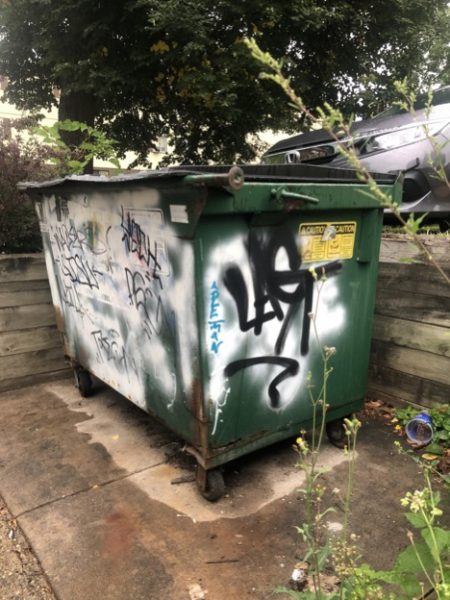
Graffiti is common in urban spaces. Some city residents view it as art, many are apathetic, and others think it as a major nuisance that must be dealt with. Researchers often frame graffiti as either a form of vandalism that facilitates more disorder and crime or as acts of resistance. In recent research, however, Theo Kindynis argues that graffiti is a much more complex subculture, and graffiti creation is a social and symbolic practice that both shapes and is shaped by urban spaces.
Kindynis draws from three years of ethnographic research among graffiti writers in London. Most of his participants identified as “bombers,” and many were well known to local authorities as “serious graffiti vandals.” Some had even served jail time for graffiti writing. Graffiti writers’ main goal is to achieve subcultural status by “getting their name up” throughout the city, by placing their graffiti in every district and public transit line in the metro. The most important form of graffiti to writers is the “tag” or the bombers’ personal signature of letters, often alongside other embellishments like arrows, crowns, or RIP in remembrance of a deceased writer. The bombers in Kindynis’ research see their work as much more than simply “scribbles and scrawls.” According to one participant, writing often has “energy” or “presence” that is representative of each writer’s personal style and background. In other words, tags and other forms of graffiti are important subcultural symbols.
Tracks, and especially subway cars, are the most prized canvas for bombers in London, and the British Transport Police (BTP) respond by cracking down on graffiti crews there. Kindynis argues that this tough approach had some unintended consequences, and actually led to more destructive practices when graffiti writers retaliated with practices like etching, scratching, and using paint thinner. So on one hand, graffiti offers bombers a new way of envisioning their social surroundings — including their own language and alternative histories of urban space development and transformation, while on the other hand, graffiti tends to be at odds with social control in urban spaces and thus faces constant threat.

Comments